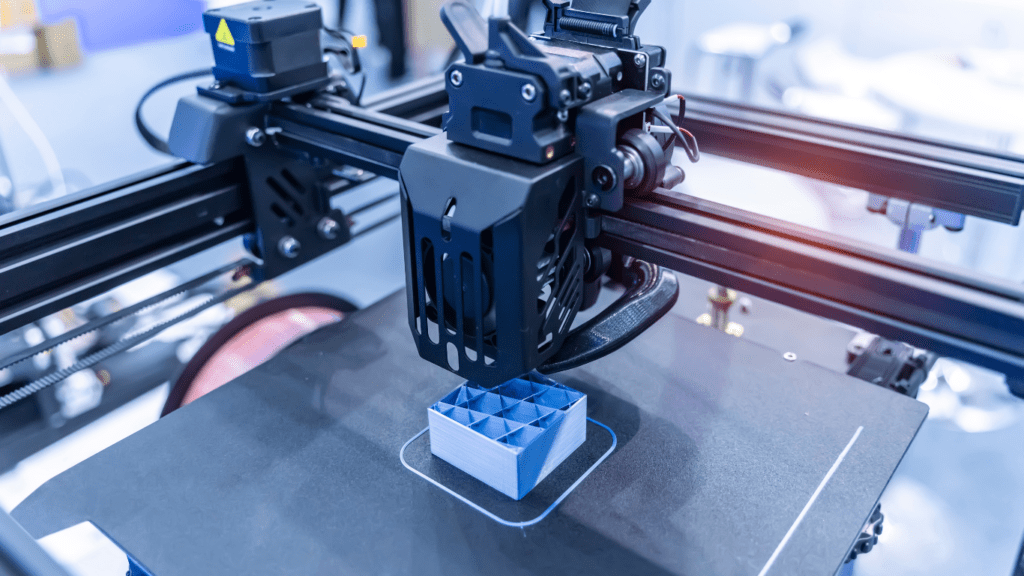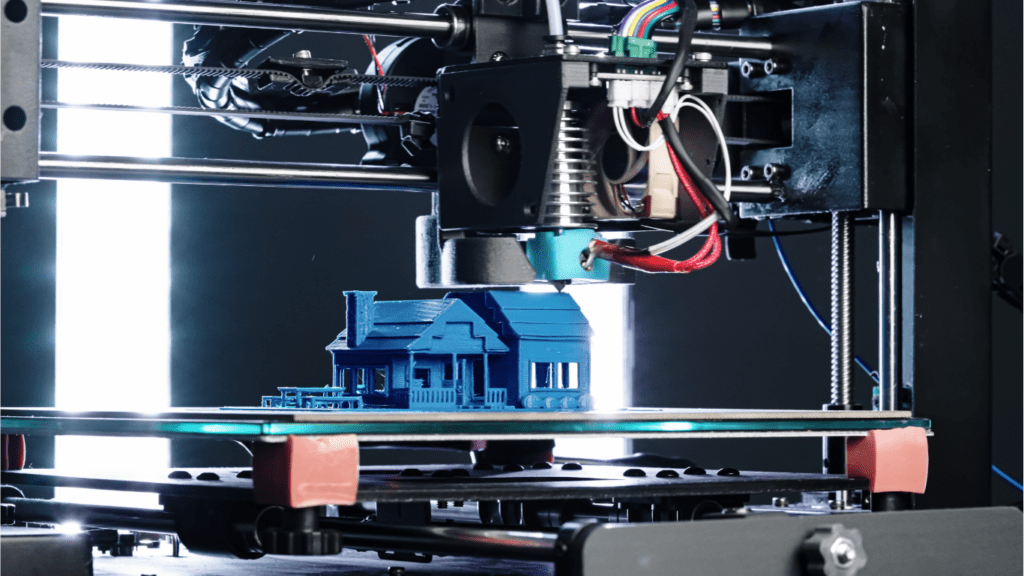The Rise Of 3D Printing In Real Estate
3D printing is gaining traction in real estate as its possibilities reshape how properties are designed and constructed. This technology is transforming construction projects by delivering efficiency and innovation.
Understanding 3D Printing Technology
3D printing, or additive manufacturing, creates structures layer by layer using computer-aided design (CAD) models. Using materials like concrete, plastic, and metal, it forms precise shapes and designs with minimal waste. In real estate, this process enables faster construction timelines and reduces material costs by up to 50%, according to a study by Statista. Automated production eliminates human error and ensures consistent quality.
Evolution Of 3D Printing In Construction
Initially, 3D printing focused on small prototypes and simple structures, but advancements have redefined its scope in construction. Large-scale printers now build entire homes in days instead of months. For example, Apis Cor constructed a 400-square-foot house in 24 hours. Early applications concentrated on experimental projects, while today, companies like ICON and COBOD are integrating 3D printing into mainstream real estate projects, including affordable housing initiatives and commercial developments.
Benefits Of 3D Printing In Real Estate Development

3D printing is transforming real estate by offering solutions that are cost-effective, fast, adaptable, and sustainable. Its growing applications highlight significant advancements in construction techniques.
Cost Efficiency And Time Savings
3D printing reduces construction costs and shortens project timelines significantly. By using only the required materials, projects save up to 50% on material expenses. Entire structures, like homes, can be completed in as little as 24 hours using this technology. Labor needs decrease since automated processes handle the bulk of the work, cutting overall expenses further.
Design Flexibility And Innovation
This technology enables complex designs that traditional methods can’t achieve. Intricate architecture, customized elements, and curved structures become more accessible with 3D models. Developers unlock innovative opportunities for creating unique buildings while maintaining structural integrity. Designs, once limited by manual processes, now come to life with unmatched precision.
Sustainability And Reduced Waste
3D printing minimizes material waste, addressing environmental concerns. The exact amount needed for construction is used, reducing surplus by around 30%. Sustainable materials like recycled plastic and low-carbon concrete are feasible options. Additionally, the energy consumption in 3D printing processes is often lower than conventional construction, supporting eco-friendly development.
Real-World Applications Of 3D Printing In Real Estate
3D printing is transforming real estate by enabling faster, cost-effective, and innovative construction methods. Its versatility makes it applicable to a range of developments, from homes to large-scale urban projects.
Residential Properties
3D printing is revolutionizing residential construction by reducing costs and timelines. Companies like Apis Cor have successfully built homes in under 24 hours, using automated, precise layering techniques. This approach supports affordable housing initiatives, addressing global housing shortages. For instance, New Story partnered with ICON to develop 3D-printed homes in Latin America, each costing under $10,000. These constructions minimize waste, incorporate sustainable materials like concrete blends, and deliver structurally sound homes.
Commercial Projects
The commercial sector is leveraging 3D printing to create complex designs and reduce production timelines.
- Firms like COBOD are constructing office spaces and retail buildings with curved walls and customizable features.
- Dubai’s 3D-printed “Office of the Future”, completed in just 17 days, showcases its potential in high-profile projects.
- By automating construction processes, developers can save up to 30% on labor costs while meeting stringent design and quality standards.
Infrastructure And Urban Development
3D printing is expanding into infrastructure projects, including bridges, urban furniture, and modular housing units. In the Netherlands, the 3D-printed “MX3D Bridge” illustrates how additive manufacturing supports urban planning in dense environments. For large-scale development, this technology allows rapid deployment of essential structures while using minimal resources. Organizations are also integrating eco-friendly materials like recycled plastics, reinforcing sustainability in urban landscapes.
Challenges Facing 3D Printing In Real Estate
3D printing is transforming real estate development, but certain challenges restrict its broader implementation. These obstacles range from financial barriers to regulatory complexities and technical limitations.
High Initial Investment Costs
The capital required for adopting 3D printing technology in real estate is significant. Industrial-scale 3D printers, like those from COBOD or ICON, often cost hundreds of thousands of dollars. Additional expenses include advanced software, training, and materials. Smaller firms without substantial budgets struggle to justify this upfront expenditure, especially in regions where traditional construction methods remain cost-competitive.
Regulatory And Legal Hurdles
Governments and local authorities are slow to adapt regulations for emerging technologies. Building codes and safety standards in many areas aren’t designed for 3D-printed structures. For example, obtaining permits for a 3D-printed home can take longer due to a lack of clear guidelines. Liability concerns over the long-term durability of 3D-printed buildings also complicate widespread adoption. Without updates to these frameworks, developers face delays and increased compliance costs.
Limitations In Materials And Technology
Current 3D printing relies heavily on material compatibility and printer capabilities. Concrete is the primary material used, but options like metals, composites, or bio-materials are limited in large-scale applications. Printer sizes constrain project scope, making it difficult to create multi-story or complex structures efficiently. Additionally, maintaining precision during extreme weather conditions is a challenge, restricting construction in some climates. These technological constraints hinder the scalability of 3D printing in the real estate sector.




